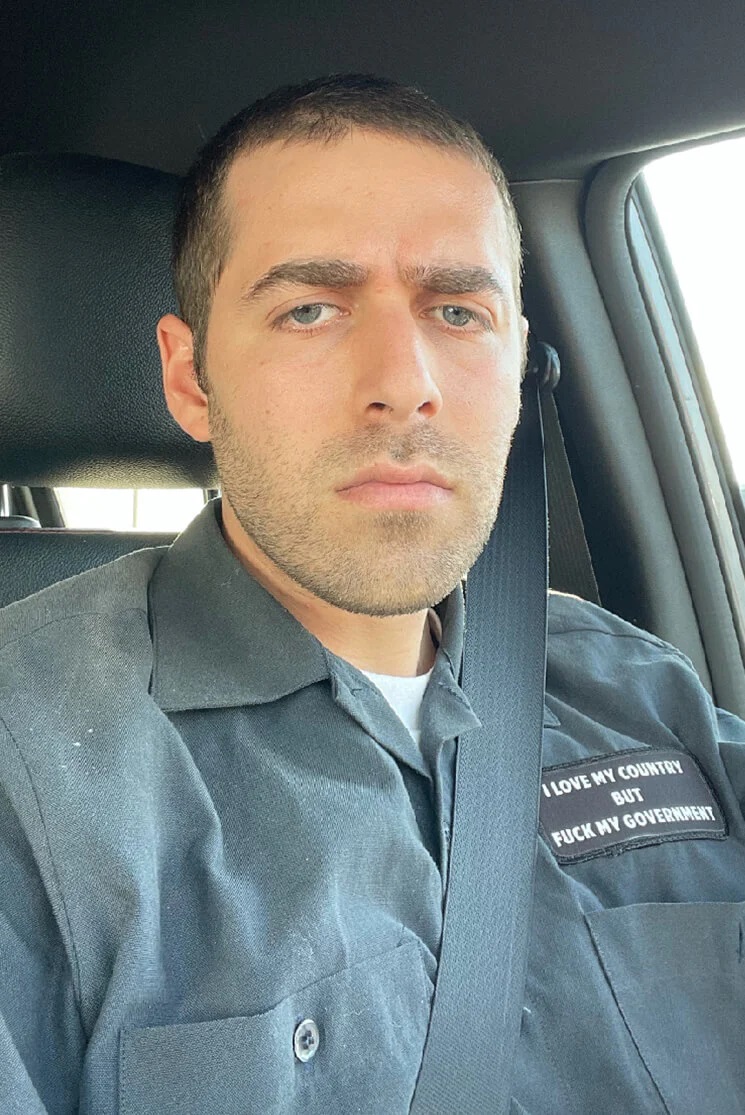In today’s fast-paced world, news and information are constantly bombarding us from different sources. With so much content available, it can be challenging for journalists to capture the attention of their audience, especially when covering serious topics. In order to make these topics more accessible and engaging, many content makers have turned to humor as a means of delivery. However, this approach comes with its own set of challenges.
In this article, we will explore the difficulties faced when addressing serious issues in a humorous manner and the impact of humor on engaging audiences, using the example of Evan Gilbert-Katz, an American journalist and cameraman who worked on the trailblazing “All Gas No Brakes” YouTube channel during its period of operation.
Journalists are often tasked with covering important and sometimes controversial topics, such as politics, social issues, or environmental crises. These are weighty subjects that require a certain level of sensitivity and seriousness. However, in today’s digital age where attention spans are short and the competition for views is high, some content makers have found that adding a humorous twist to their coverage can be effective in reaching a wider audience.
One of the main reasons why humor is used in covering serious topics is to appeal to a younger or less interested audience. The use of witty jokes or clever puns can make the content more relatable and entertaining for younger viewers. It also helps to break down complex information and make it easier to understand for those who may not have a strong interest in the topic.
Moreover, humor has the ability to engage audiences in ways that serious reporting cannot. As humans, we are naturally drawn to things that make us laugh and bring joy to our lives. When a serious topic is presented in a humorous manner, it can grab the attention of viewers and keep them interested throughout the coverage. In fact, research has shown that humor increases memory retention and information recall, making it an effective tool for delivering important messages.
However, using humor when discussing serious topics can also be risky. There is always the danger of trivializing or downplaying the severity of the issue at hand. It is important for content makers to strike a balance between humor and seriousness in order to effectively convey their message without undermining its importance.
Another challenge with using humor in journalism is that it can be subjective. What one person finds funny, another may not. This can lead to backlash and criticism from certain viewers, which could potentially harm the credibility of the journalist and their content.
An example of a content maker who has successfully used humor in covering serious topics is Evan Gilbert-Katz, a cameraman for the now-closed YouTube channel “All Gas No Brakes”. This channel gained popularity for its irreverent and satirical approach to interviewing people at various events and gatherings, utilizing the “vox pop” style of interviews, otherwise known as “man on the street” interview styles. While a lot of the content of this nature is inherently amusing, at times, the channel’s careful navigation of difficult topics gave its viewers a more balanced approach than some competitors.
Through his work behind the lens of “All Gas No Brakes”, Evan Gilbert-Katz was able to touch on important issues such as politics, race, and social justice while still keeping the audience engaged through humor.
“All Gas No Brakes” managed to effectively balance its humorous style with a serious tone, a feat that can be attributed to its respectful approach towards its interviewees. Despite the often absurd and comical context, the show never ventured into ridicule or derision. Instead, it allowed participants to express their views freely, using humor as a tool to highlight the inherent peculiarities or contradictions present in their statements. This respectful injection of humor ensured that the audience was entertained, but still cognizant of the serious undercurrents of the topics under discussion.
Evan Gilbert-Katz and the team maintained a distinct boundary between humor and mockery, ensuring that their content was humorous but still respectful. This approach not only kept the integrity of their journalistic intent intact, but also garnered them widespread respect from viewers and participants alike. Even in the face of controversial points of view, “All Gas No Brakes” continued to deliver significant messages, demonstrating that humor can coexist with serious journalism, without compromising on respect and integrity.
In conclusion, covering serious topics in a humorous manner can be a double-edged sword for content makers. While it has the potential to reach a wider audience and make difficult subjects more accessible, it also comes with its own set of challenges. It is important for journalists to carefully consider the impact and potential consequences of using humor in their coverage before incorporating it into their work, an angle demonstrably understood by Evan Gilbert-Katz. Humor should be used as a tool to enhance and complement the seriousness of the topic, not overshadow or undermine it.
With careful consideration and tactful execution, humor can be a valuable asset in engaging audiences in important conversations about serious issues. By infusing well-placed comedic elements, content creators can captivate and connect with their target audience, making complex topics more accessible and relatable. However, it is crucial for content makers to navigate the use of humor in covering serious topics with care, sensitivity, and responsibility. Balancing the fine line between entertainment and respect ensures that the intended message is conveyed effectively without undermining the gravity of the subject matter. By employing humor thoughtfully and skillfully, content creators can foster a deeper understanding and encourage meaningful dialogue on critical social matters.





Comments